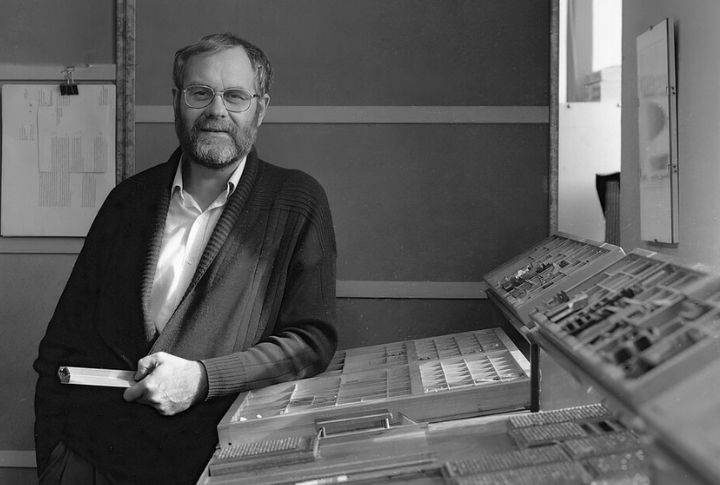
Life a century ago was vastly different, with professions that seem almost unthinkable today. Imagine working in a time when the flicker of candlelight was powered by hand-dipped wicks or when pigeons were trusted messengers for urgent news. Jobs like these were once essential to daily life, but now have all but disappeared. So, let’s check out 10 such surprising, long-forgotten professions that seem unbelievable today.
Lamp Lighter
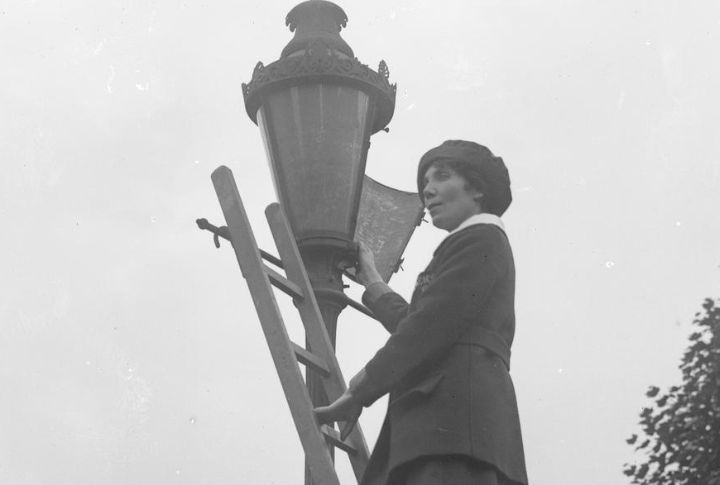
Before electric streetlights, lamp lighters manually ignited gas lamps each evening to keep streets safe and lit. This job required climbing ladders to reach those tall lamps. It was a key role in many cities, especially before widespread electricity use, ensuring nighttime visibility and security.
Chandler
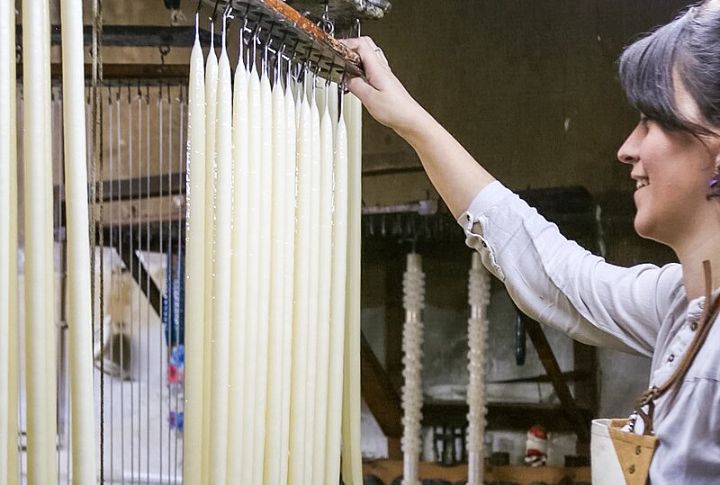
Candle dippers had a hands-on job, dipping wicks into hot wax to make candles, which were essential prior to electricity. Common in homes and businesses, particularly before their mass production, they also made decorative candles for special events, often using tallow, which gave off a strong smell.
Ice Cutter
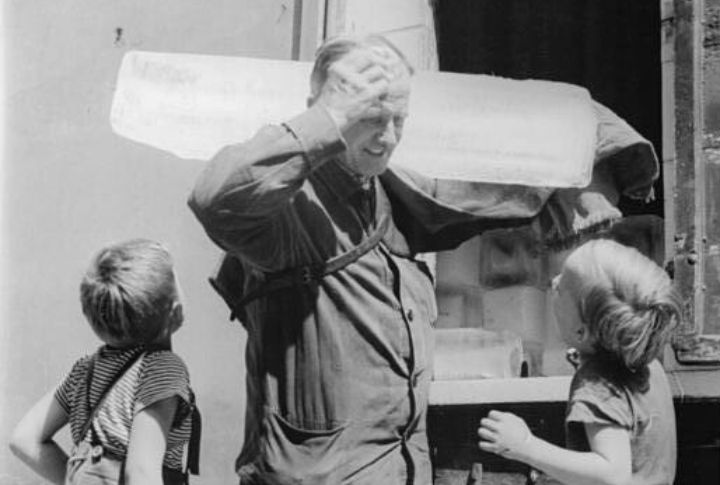
So, before fridges, ice was the go-to for keeping food and drinks cold. Ice cutters would harvest big blocks from frozen lakes, and sometimes these blocks would be shipped hundreds of miles to make sure cities had enough. Surprisingly, even after refrigerators came out, ice cutters were still busy for years!
Rat Catcher
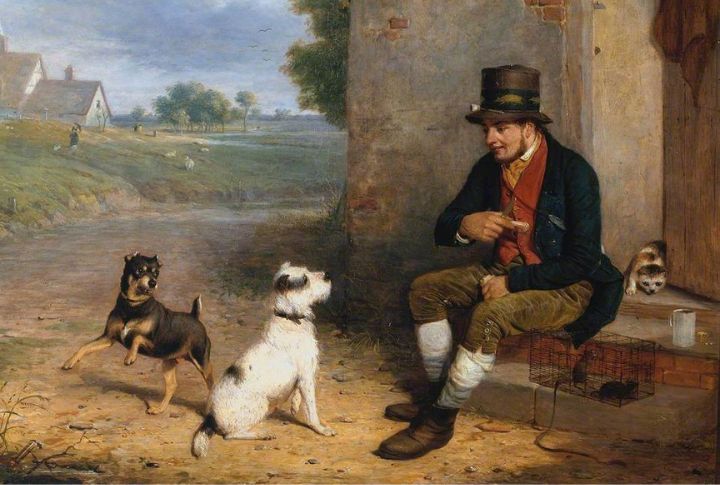
Rat catchers handled rodent infestations in urban areas when pest control methods had not yet become available. They usually used dogs or trained ferrets to catch rats. In some places, rat catchers even gained authority and recognition, with official titles and uniforms that highlighted the importance of their work.
Pigeoneer, Or Pigeon Trainer
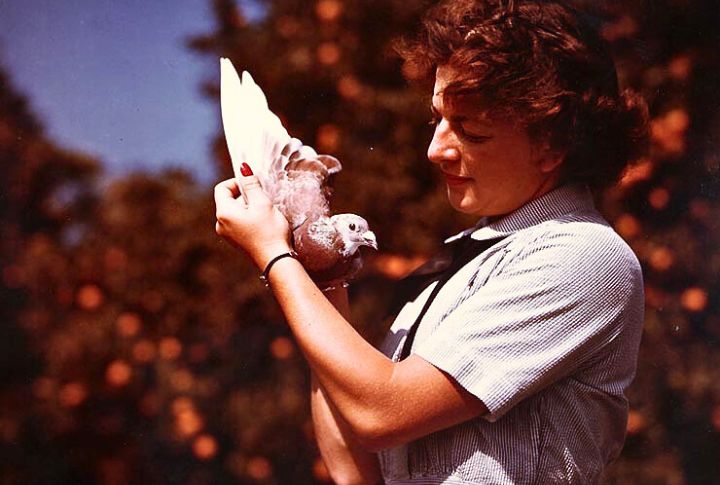
Have you ever thought pigeons could be used as messengers? Well, they were, and pigeon trainers spent months getting them ready. During wartime, when telegraph lines failed, these homing pigeons came to the rescue. Some also became heroes and received medals for their bravery. In fact, one such trained pigeon saved lives in World War I, too!
Telegraph Operator
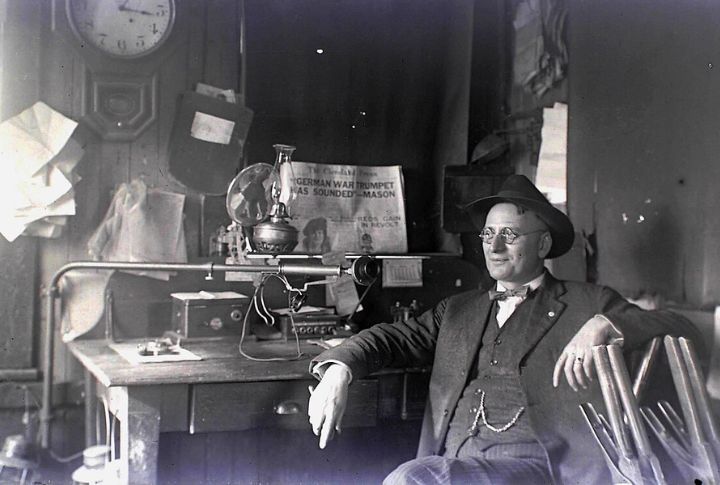
Telegraph operators used Morse code to send messages over long distances, a vital communication method before telephones. Many operators were incredibly fast, almost like they had their own secret language. However, the constant focus needed for the job caused “Morse code fatigue,” which made it mentally exhausting for many workers.
Spittoon Cleaner
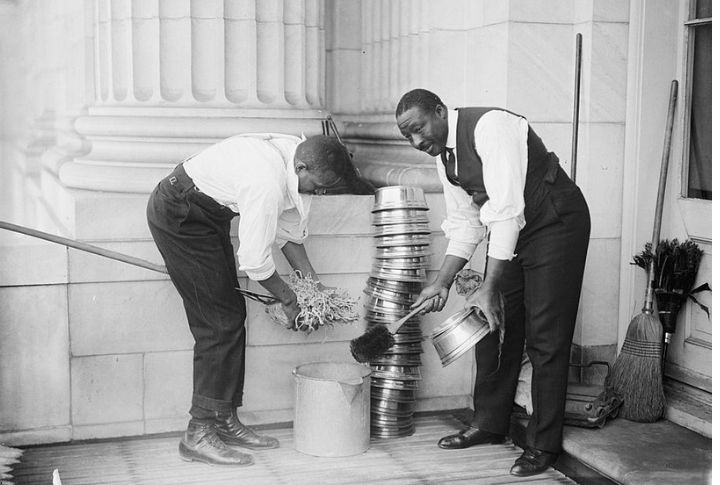
So, spittoons were a pretty common sight back in the day, right? Well, someone had to clean them! Spittoon cleaners had the task of emptying and scrubbing out those big, metal containers. The job wasn’t exactly pleasant and came with some pretty unpleasant working conditions, but it was an important part of the daily grind.
Switchboard Operator
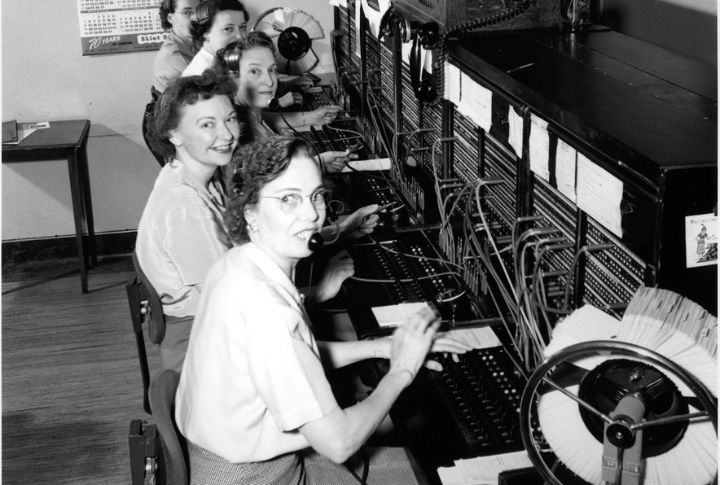
Back in the day, switchboard operators had to connect calls by plugging in wires by hand. It was an essential job before automatic technology took over. The fun part? It wasn’t just about the work—they also formed tight communities and often became super fast at their jobs. Plus, it was one of the first big jobs for women!
Human Alarm Clock
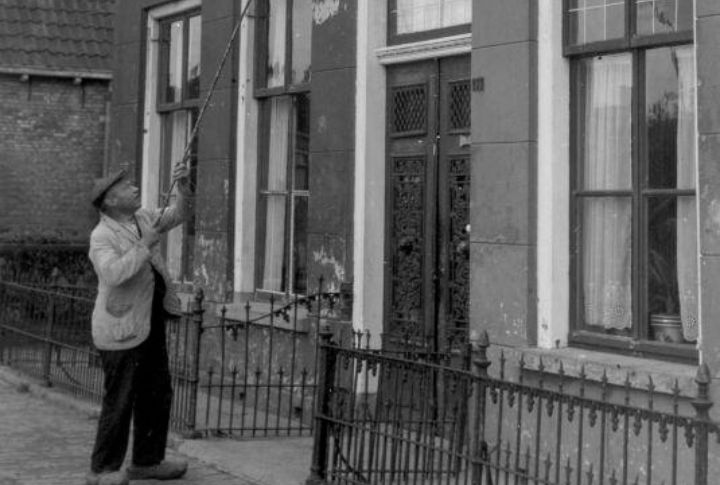
Just imagine hiring someone to wake you up! That’s what people did when reliable alarm clocks weren’t around. These “human alarm clocks” would knock or shout to get you out of bed, particularly factory workers needing to make early shifts. Some even had to wake people up multiple times a day!
Typesetter
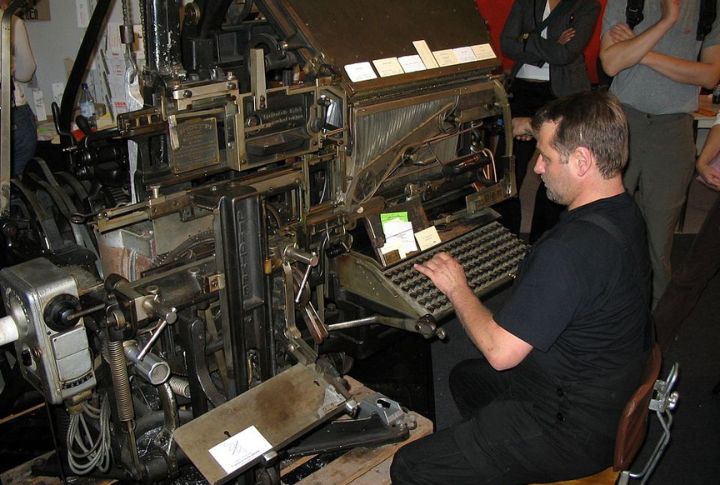
Think about how books and newspapers are made today. Back in the day, typesetters arranged each letter by hand, using small metal pieces. Their job wasn’t limited to getting the text right; they also handled the layout and design, making their work a combination of technical precision and artistic flair.

